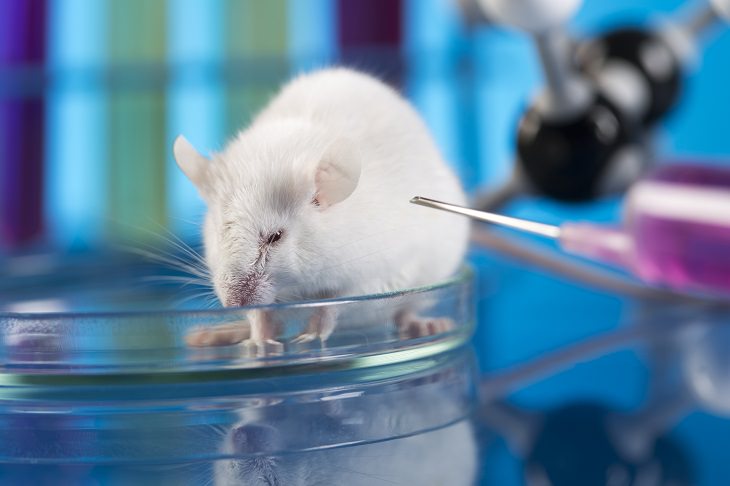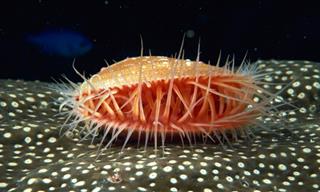A vaccine injected directly into tumors in mice has been found to completely destroy them – and it works on many varieties of cancer, including untreated metastases in the same animal.
Scientists from the Stanford University of Medicine have developed the potential treatment using two agents which boost the body’s immune system, and a human clinical trial in lymphoma patients is currently being carried out.
Ronald Levy, an oncologist and the senior researcher, said that “when we use these two agents together, we see the elimination of tumors all over the body. This approach bypasses the need to identify tumor-specific immune targets and doesn’t require wholesale activation of the immune system or customization of a patient’s immune cells.”
Since cancer cells are produced by the body, the immune system doesn’t see them as a threat, making cancer immunotherapy rather tricky. This is why some cancer immunotherapy treatments focus on training the immune system to recognize cancer cells as a problem.
This is an effective treatment, but it often involves removing the patient’s immune cells from their body, genetically engineering them to attack cancer cells, and then injecting them back in - a process that is expensive and time-consuming.
The Stanford vaccine could be a lot cheaper and easier. It doesn’t work like the vaccines we are familiar with. Instead of being administered prior to infection, the researchers gave it to mice that already had tumors, injecting directly into an infected area.
“Our approach uses a one-time application of very small amounts of two agents to stimulate the immune cells only within the tumor itself. In the mice, we saw amazing, bodywide effects, including the elimination of tumors all over the animal,” Levy said.
This vaccine exploits a peculiarity of the immune system. As a tumor grows, the immune system’s cells, including the T cells, recognize the cancer cells’ abnormal proteins and move in to take care of business.
However, cancer cells can accumulate mutations to avoid destruction by the immune system, and suppresses the T cells, which attack abnormal cells. The new vaccine works by reactivating the T cells.
It combines two key agents. The first is a short piece of DNA known as CpG oligonucleotide. This, along with other nearby immune cells, amplifies the expression of an activating receptor on T cells called OX40, which is a member of the tumor necrosis factor receptor superfamily. The second agent is an antibody that binds to OX40, activating the T cells to fight cancer cells.
These two agents are injected together in microgram amounts directly to the tumor. This means that they will only activate the T cells inside the tumor, ones that have already recognized the cancer cells as threats.
The cells start attacking the tumor, but some of the T cells then leave the site of the tumor to find and destroy any other tumors in the body.
To test it, lab mice were transplanted with mouse lymphoma in two places, or genetically engineered to develop breast cancer. Of the 90 mice with lymphoma, 87 were completely cured after one treatment. The remaining 3 had a recurrence of the lymphoma, which cleared up after a second round of treatment.
The treatment was also effective on the mice that had been genetically engineered to develop breast cancer.
The team then tested mice with both colon cancer and lymphoma, injecting only the lymphoma. The lymphoma was destroyed, but the colon cancer was not. This demonstrates that T cells in tumors are specific to that kind of tumor – so this treatment isn’t without limitations.
However, it does mean that immunotherapy is possible without genetically engineering cells outside the body; or, as is the case with a previous vaccine, extracting cancer RNA, treating it, injecting it back into the body, and applying an electric charge to deliver it to immune cells.
Its efficacy is about to be tested though. The clinical trial that is currently underway is expected to recruit 15 patients with low-grade lymphoma to see if the treatment will work on humans. If it’s effective, the treatment might be used in the future on tumors before they’re surgically extracted to help prevent metastases, or even prevent recurrences of cancer.
Source: sciencealert
Images: depositphotos
 Go to BabaMail
Go to BabaMail


























